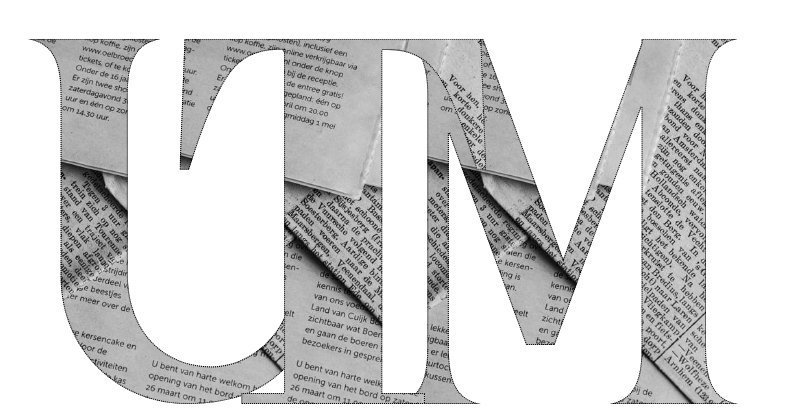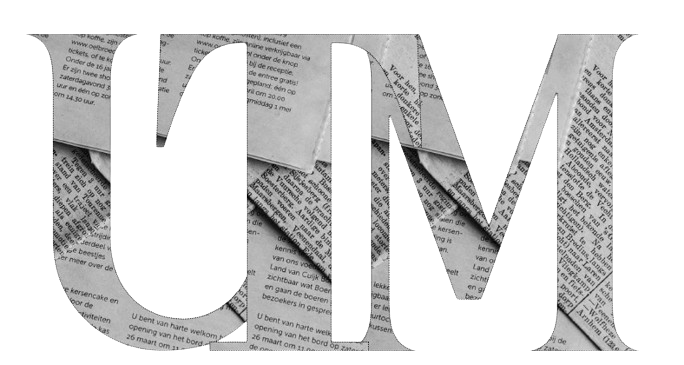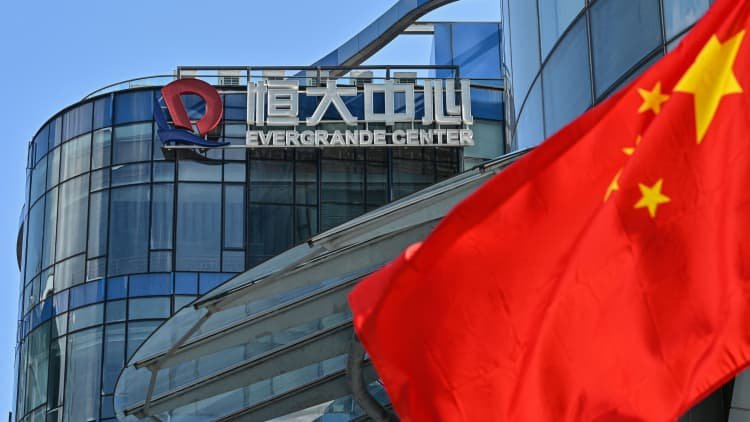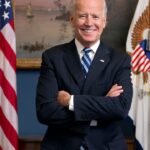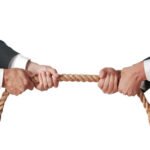In “The End of China’s Economic Miracle” (September/October 2023), Adam Posen describes China’s recent economic challenges as a case of “economic long COVID.” Chinese President Xi Jinping’s “extreme response to the pandemic,” he posits, triggered “the general public’s immune response” and “produced a less dynamic economy.” Posen’s analogy is creative and insightful. But his diagnosis misses the chronic diseases that afflicted China’s economy well before the COVID-19 pandemic: an exhausted growth model, stunted population growth thanks to the “one-child policy,” and, most notably, Xi’s failures of leadership.
Xi is not to blame for the Chinese economy’s deepest structural problems. He is, however, responsible for the government’s failure to deal with them. In 1978, Deng Xiaoping initiated sweeping economic reforms after the end of the Cultural Revolution. Standing apart from previous Chinese Communist Party (CCP) leaders, particularly Mao Zedong, Deng took an open and pragmatic approach toward economic development. He rebooted China’s relationship with the United States, observing in 1979 that “all countries that fostered good relations with the United States have become rich.” When China’s economy faltered after the government’s crackdown on the 1989 Tiananmen Square protests, he headed off a downward spiral by clearly reiterating the party’s commitment to economic reforms, especially during an influential 1992 tour of southern China.
Over the last 45 years, China has transformed from one of the world’s poorest and most isolated countries into the heart of the global supply chain. That economic rise, however, was built on a system of financial repression that prioritized investment and exports over domestic household consumption, leading to harmful stagnation on the demand side of the economy. Posen identifies the first quarter of 2020 as the “point of no return” for the Chinese economy, but it has faced looming problems for at least a decade. The workhorses of its growth model were already tiring years ago.
When he became president, in 2013, he had an opportunity to focus on domestic demand-side economic reform by shifting government policy to promote consumption over investment and by developing a more robust social welfare system. Instead, the cumulative policy shocks of Xi’s first two terms worsened the structural challenges that were dragging down—but not yet crashing—China’s economy. They also badly weakened the confidence that undergirded Deng’s opening-up era.
Xi focused on projects that prioritized state-led investment and diverted resources from supporting households, such as the 2013 Belt and Road Initiative and the 2015 “Made in China 2025” strategic plan, which aimed to reduce China’s dependence on foreign technology. He greatly expanded the role of state-planned industrial policies and, by emphasizing the role of the CCP and the government in commanding capital management, diminished the space consumer-oriented private entrepreneurs need to flourish.
In “The End of China’s Economic Miracle” (September/October 2023), Adam Posen describes China’s recent economic challenges as a case of “economic long COVID.” Chinese President Xi Jinping’s “extreme response to the pandemic,” he posits, triggered “the general public’s immune response” and “produced a less dynamic economy.” Posen’s analogy is creative and insightful. But his diagnosis misses the chronic diseases that afflicted China’s economy well before the COVID-19 pandemic: an exhausted growth model, stunted population growth thanks to the “one-child policy,” and, most notably, Xi’s failures of leadership.
Xi is not to blame for the Chinese economy’s deepest structural problems. He is, however, responsible for the government’s failure to deal with them. In 1978, Deng Xiaoping initiated sweeping economic reforms after the end of the Cultural Revolution. Standing apart from previous Chinese Communist Party (CCP) leaders, particularly Mao Zedong, Deng took an open and pragmatic approach toward economic development. He rebooted China’s relationship with the United States, observing in 1979 that “all countries that fostered good relations with the United States have become rich.” When China’s economy faltered after the government’s crackdown on the 1989 Tiananmen Square protests, he headed off a downward spiral by clearly reiterating the party’s commitment to economic reforms, especially during an influential 1992 tour of southern China.
Over the last 45 years, China has transformed from one of the world’s poorest and most isolated countries into the heart of the global supply chain. That economic rise, however, was built on a system of financial repression that prioritized investment and exports over domestic household consumption, leading to harmful stagnation on the demand side of the economy. Posen identifies the first quarter of 2020 as the “point of no return” for the Chinese economy, but it has faced looming problems for at least a decade. The workhorses of its growth model were already tiring years ago.
When Xi became president, in 2013, he had an opportunity to focus on domestic demand-side economic reform by shifting government policy to promote consumption over investment and by developing a more robust social welfare system. Instead, the cumulative policy shocks of Xi’s first two terms worsened the structural challenges that were dragging down—but not yet crashing—China’s economy. They also badly weakened the confidence that undergirded Deng’s opening-up era.
Xi focused on projects that prioritized state-led investment and diverted resources from supporting households, such as the 2013 Belt and Road Initiative and the 2015 “Made in China 2025” strategic plan, which aimed to reduce China’s dependence on foreign technology. He greatly expanded the role of state-planned industrial policies and, by emphasizing the role of the CCP and the government in commanding capital management, diminished the space consumer-oriented private entrepreneurs need to flourish.
China’s economic rise was built on financial repression.
Posen is justified in warning that Xi’s mishandling of the pandemic will likely “plague the Chinese economy for years.” But he is wrong to imply that historians will look back on the COVID-19 era as a critical juncture for China’s economy rather than one step on a long path. Well before the pandemic, Xi’s aggressive promotion of a military-civil fusion strategy prompted U.S. leaders to enhance investment screening and export controls; these Western restrictions have raised the cost of his drive for technological supremacy, requiring the state to commandeer additional national resources.
China’s stepped-up military activity around Taiwan, which also predated the pandemic, has stoked a gloomy perception in China that armed conflict is inevitable. China’s one-child generation would shoulder the weight of such a conflict, an immense threat that few families are prepared to cope with. Many China watchers underestimate the degree to which the souring of Western confidence in China has negatively affected Chinese people’s willingness to spend and to take economic risks. Pessimism from abroad contributes to the Chinese population’s mass loss of confidence, which James Kynge of The Financial Times has aptly characterized as a “psycho-political funk.”
In essence, Xi did not assemble China’s economic time bomb, but he dramatically shortened its fuse. Posen argues that for ordinary Chinese people, the CCP has now become “the ultimate decision-maker about people’s ability to earn a living or access their assets.” To some degree, this has always been the case in China; what has changed is the way the party reacts to economic difficulties. In the past, it responded with reform and pragmatism. By contrast, Xi’s instinct has been to meet every challenge with political and economic retrenchment.
